New Manuscript Published on Intersectoral Collaboration in Fracture Care
A newly published manuscript explores the potential for collaboration between traditional bonesetters and formal healthcare providers to improve fracture care in Tanzania.
Competing in Fracture Care: Surgeons & Traditional Bonesetters
Each year, over 50 million people worldwide suffer injuries due to road traffic accidents. In Tanzania alone, an estimated 4 million injuries occurred in 2019, yet more than 90% of the northern Tanzanian population lacks access to orthopaedic surgical services.
Traditional bonesetters (TBSs) often step in to fill this surgical gap due to their cultural acceptability, affordability, and geographical accessibility. However, a lack of trust and competition between TBSs and orthopaedic surgeons can create barriers to timely, appropriate, and safe fracture care.
Implementing an Innovative Collaborative Model
The SURGfund supported Building Bridges for Broken Bones project aims to improve outcomes for fracture patients by fostering collaboration between traditional bonesetters and local hospital staff through an innovative treatment model. As part of this initiative, the Global Surgery Foundation, in collaboration with Shirati Foundation, Shirati KMT Hospital, and the AO Alliance, has recently published a review on intersectoral collaboration between traditional bonesetters and formal healthcare workers.
Assessing Stakeholder Support for Collaboration
This review assesses the outcomes of previous initiatives and gauges stakeholder support for collaborative models. Key findings include:
62% of stakeholders (75% of TBSs, 92% of hospital staff, and 52% of patients) expressed support for intersectoral collaboration.
The ratio of stakeholders supporting collaboration versus those opposing it was 4.4:1.
The most frequently suggested forms of collaboration were traditional bonesetter training (24%) and integrative models (16%).
These findings provide valuable insights into how collaboration between traditional and formal healthcare providers can enhance access to and quality of fracture care.
The manuscript, authored by Joost J. Binnerts, Thom C. C. Hendriks, Samia Hussein, Nefti Bempong-Ahun, Geoffrey C. Ibbotson, William J. Harrison, Claude Martin, Kavitha Ranganathan, Anam N. Ehsan, Bwire M. Chirangi, Michael J. R. Edwards, and Erik Hermans, has been published in the World Journal of Surgery.
You can read the full article here: https://onlinelibrary.wiley.com/doi/10.1002/wjs.12503
Keep engaged with us!
Learn more about the SURGfund supported Bonesetter project
Donate to support our projects
Sign up with your email in the footer to receive updates
Shainuni was hit by a speeding car, which resulted in fractures of her jaw and both legs. She was included into the collaborative treatment model. Read her story


